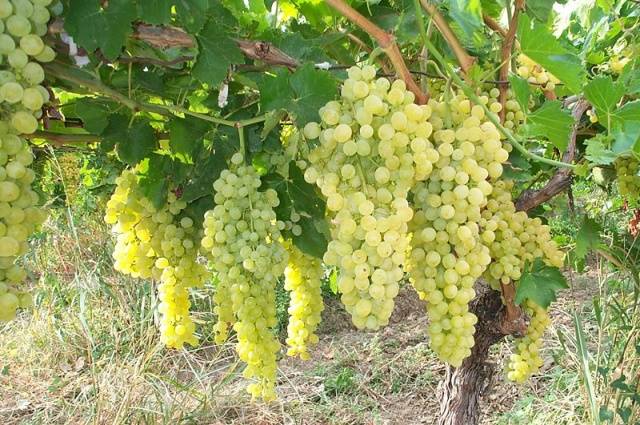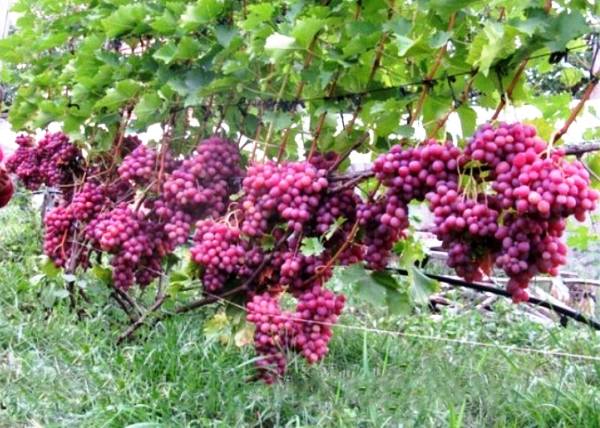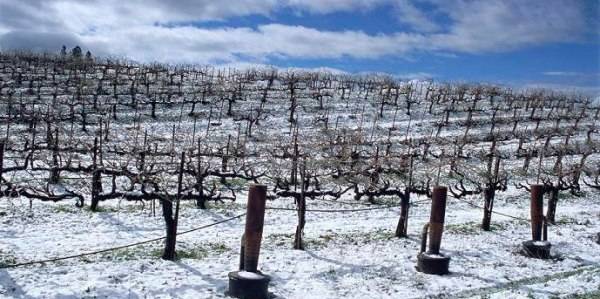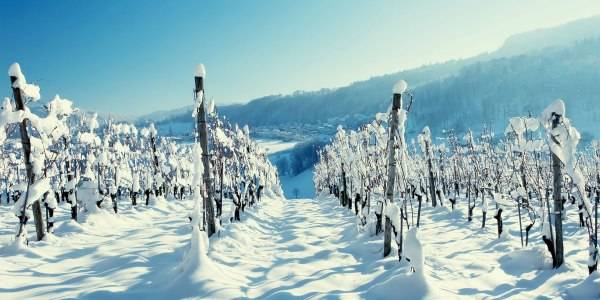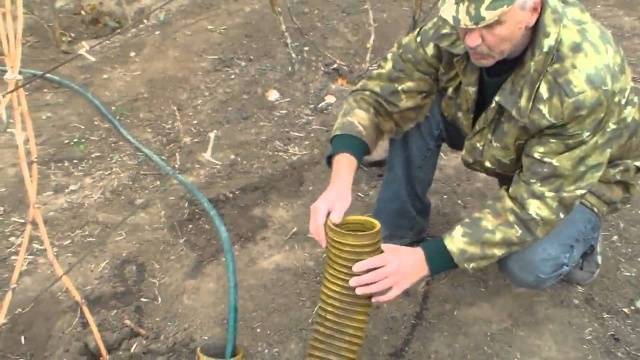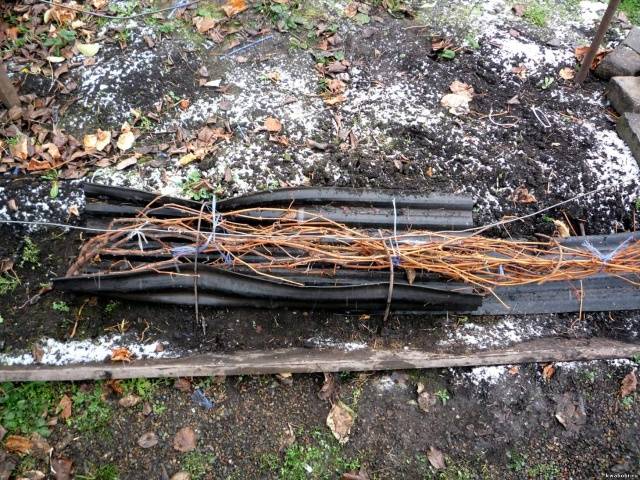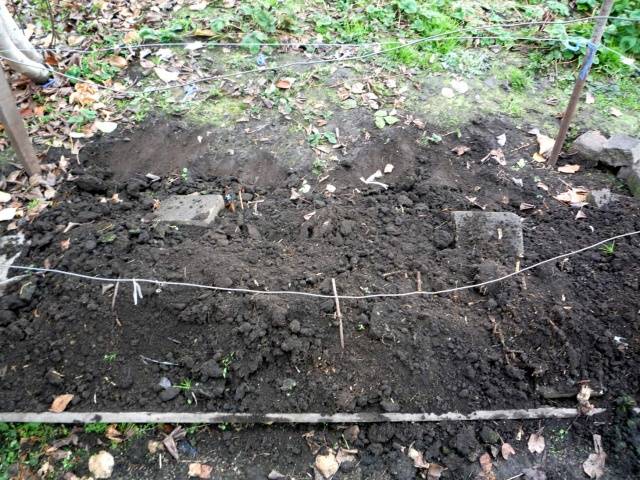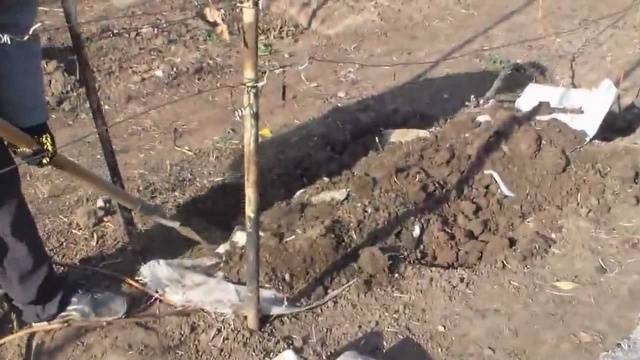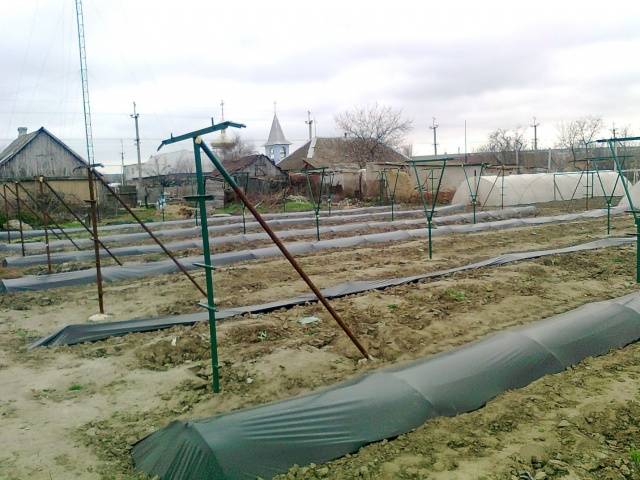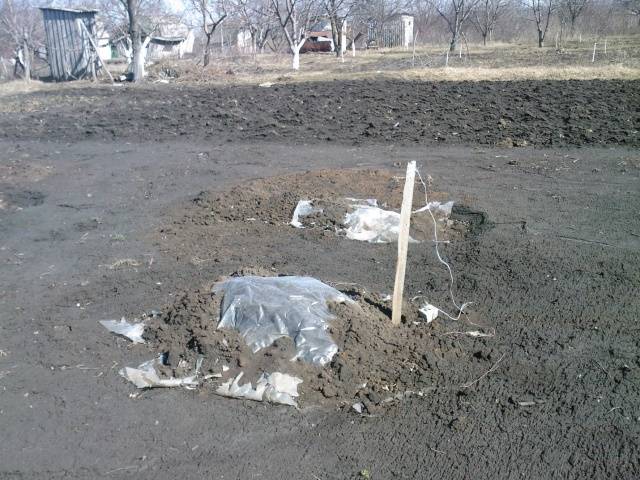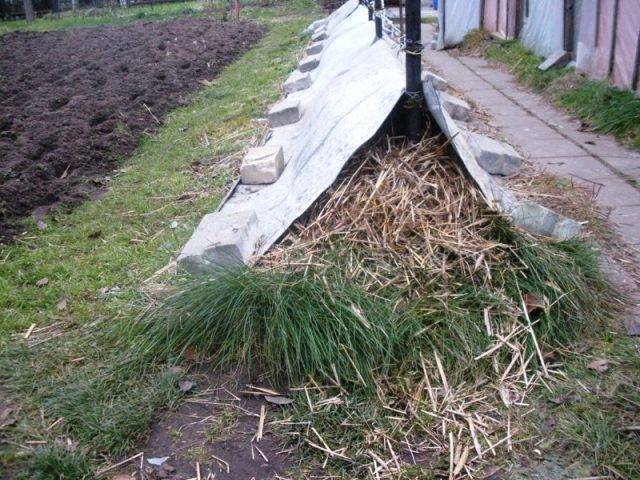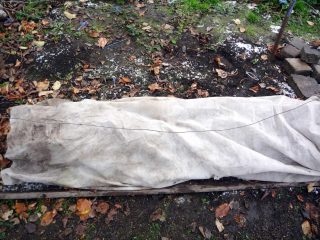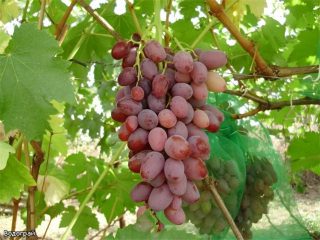Content
It is believed that primitive people began to domesticate grapes. But not for the purpose of obtaining sweet berries, let alone making wine or something stronger (in those days, alcohol was not yet "invented"). And hardly anyone would have liked the taste of those grapes - the small fruits were very sour. It's just that our ancestors were also sick, and in order to somehow help themselves, by trial and error they tried what was available to them - herbs, roots, berries. It was then that the healing properties of grapes were discovered. People began to plant it near their homes, taking away those bushes that tasted better. Perhaps this was the first selection selection.
Now only in the territory of the former Soviet Union more than 3 thousand varieties of grapes are grown. Their number is growing every year, with the emphasis on increasing frost resistance. There is nothing to be surprised at, not only in most of Russia, but in Belarus and Ukraine, with the exception of a few southern regions, the sun berry in winter feels uncomfortable. Perhaps breeders will someday solve this problem too. Today we will tell you how to cover the grapes for winter.
Why cover grapes
In order to save the vine from the grapes, it is covered for the winter. If this is not done, at best, next year you will simply be left without a crop, as an extreme, the whole plant will die. But, most likely, the vineyards will freeze, and the vines will have to be shortened or cut at the root.
Do not delude yourself that varieties with high frost resistance (up to -26 degrees) have already been created. Without hideouts these grapes may withstand a drop in temperature, but the icing of the vine is definitely not. Kidneys deprived of oxygen will die in 2-3 days.
On ordinary grape varieties, if the vine is not covered for the winter, when the temperature drops below 15 degrees below zero, up to 70% of the buds will die in four days. If the thermometer drops below 20, all eyes will freeze.
Grape roots are even more sensitive to cold than vines, some of them will die at -6 degrees. Freezing of the aboveground part is fraught with only a loss of yield, perhaps even for several years. But the death of the roots can mean the loss of a valuable variety. So it's better not to be lazy and build a shelter over the grapes.
Is it possible not to cover the grapes
This issue requires separate consideration. There are a number of non-covering varieties. But!
- Firstly, their shelter can be neglected only in certain regions.
- Secondly, there is also no guarantee that the vine will not freeze in a particularly harsh winter.
- Thirdly, covering grape varieties are, as a rule, tastier.
In any case, you need to protect the root from the cold, at least by making a mandatory moisture charge, loosening and mulching the soil under the bush. And of course, you need to make a shelter over the young grapes, no matter which variety they belong to.
Frost resistance of grapes
All grape varieties can be roughly divided into 5 groups according to their frost resistance.
Group | Frost resistant | Temperature minimum | % safety of eyes |
1 | High | -28-35 | 80-100 |
2 | Increased | -23-27 | 60-80 |
3 | Average | -18-22 | 40-60 |
4 | Weak | -13-17 | 20-40 |
5 | Volatile | less than -12 | 0-20 |
This division is very arbitrary. Before hiding for the winter, you need to know the following:
- Some grape varieties are transitional from one group to another in terms of frost resistance.
- Old vines always tolerate winter better than young ones.
- The main kidneys are most vulnerable to freezing, the dormant ones are the most resistant.
- Grape roots are less resistant to cold weather than vines.
- In an area where the thermometer drops below 21 degrees, you need to cover the grapes for the winter all and always.
- Vines located under the protection of buildings freeze less than those growing in open areas.
- Frost-resistant grape varieties can be left uncovered only when the temperature almost never drops below -20 degrees.
When to shelter grapes
Even among experienced gardeners, there is no consensus on when to cover grapes. The only thing on which they are unanimous is that at a temperature of 8 degrees below zero, the winter shelter should already be erected.
Supporters of early sheltering believe that it should be done immediately after leaf fall or at the slightest threat of frost. Other gardeners wait a few days after the temperature drops to -5 degrees, arguing that this way you can harden the vine, and it will winter better.
Without getting on either side, note:
- A well-ripened vine of even the most delicate grape varieties can withstand temperatures down to -14 degrees below zero.
- The first (low) frosts really harden the plant and increase winter hardiness.
- Unripe vines of grapes cannot overwinter normally. They will surely freeze out or wipe out. It is better to listen to the recommendations of experienced gardeners and remove the parts of the shoots that did not have time to get stronger.
Preparing grapes for shelter
Before you cover your grapes, prepare them for winter. This should be started about a month before the onset of stable frosts.
- Beginning in early August, stop using nitrogen-containing fertilizers. They stimulate growth processes, and the vineyard vines simply do not have time to ripen properly.
- During harvesting, the bushes stop watering. There is hardly anything more dangerous for the existence of any plant than dry frozen ground. It is imperative to carry out moisture charging. For every mature grape bush, you need at least 20 buckets of water. Be prepared that you will not complete this procedure at one time, and calculate the time correctly. Moisture charging is best done in stages, starting in September.
- Remove all vines from the trellises in the vineyard, remove unripe tops and shoots that fruited in summer. Simply put, comrades gardeners, do not forget to carry out the autumn pruning!
- Remove all fallen grape leaves from the site, as they have an increased infectious background.
- Tie the vines into bundles (fascines) with a rope or wire and lay them along the rows, securing them with iron staples.
- Dissolve 400 g of ferrous sulfate and process the shoots and soil in the vineyard.
For example, copper-containing drugs stop working if the thermometer drops below 5-6 degrees Celsius. For iron oxides, on the contrary, stable low temperatures are needed, otherwise they will simply burn the plant.
Shelter grapes for the winter
Now let's cover the grapes properly. There are so many ways for this that only the list will take up a lot of space, the only correct one among them is not. Choose the best one, from your point of view, in accordance with the climatic conditions of the region and the varietal characteristics of the grapes.
We will show you several ways to cover the vine. You can supplement, combine or modify them in the desired direction at your discretion.
Shelter of grapes in the ground
This is one of the most popular winter shelters for grapes, despite its laboriousness. The soil is taken from the row spacing and the connected vines are covered with a layer of 10 to 30 cm, depending on the variety and the expected winter temperatures.
There are significant disadvantages here:
- The eyes of the grapes can dry out under a wet layer of earth.To prevent this from happening, you need to cover the vine with slate, plastic bags or other material that can protect the damp.
- It is even more difficult to dig up grape shoots in spring than to cover in autumn. You can make life easier for gardeners. To do this, it is necessary, again, to place additional material on the grapes, and in the spring, simply remove it along with the ground.
- Some gardeners believe that soil-covered vines need to be opened later, as an earthen shelter will give them protection from recurrent frost. Perhaps this is true for the north. But in the southern regions, delay is fraught with the fact that the buds on the vines will open even under cover. They are very fragile and break off easily.
As you can see, everything can be solved, we not only talked about possible problems, but also outlined ways to solve them.
Watch a video that shows how to cover grapes with earth:
Tunnel shelter of grapes
Spread the vines along the rows and pin them to the ground in the same way as described in the previous method. Install arcs of wood or metal above them, cover them with a film on top and secure the edges by placing bricks on them, or sprinkling them with earth. Everything seems simple, but this method is also imperfect. Let's consider what dangers lie in wait for the grapes covered in this way.
- During thaws under the film, the vine can dry out. This can be solved simply - leave a gap in the sheltered structure through which air can flow. In severe frosts, you can simply cover it.
- In the north, with low winter temperatures in the absence of snow cover, one film may not be enough to protect the grapes from freezing. It will be necessary to put spruce branches or old blankets on top of the tunnel shelter. Agree, this is not very convenient, but in a large vineyard it is unrealistic.
- Under the film, mice can start up, which will not refuse to eat a vine during a hungry time.
Important! If we cover the grapes with a tunnel method, the owner must constantly be on the site in order to open and close the ventilation hole, if necessary, or remove and add additional insulation.
Air dry shelter
This is the best way if the necessary materials are available on the site. The vine is tied up and placed in the aisles, as in the previous paragraphs, and a shelter is built on top of spruce branches, dry leaves, straw, corn stalks. The resulting structure is covered:
- agrofiber;
- spunbond;
- fiberglass;
- film;
- bags;
- boxes;
- boxes;
- slate;
- roofing material;
- foam, etc.
The shelter is secured with earth, stones or bricks.
By and large, this is a variation of the tunnel method of protecting vines.
Shelter of young grapes
The designs described above are also perfect for young grapes. He is very sensitive to frost, and he needs to be covered earlier than an adult - as soon as the temperature drops to –2 degrees.
Conclusion
Do not disregard our advice, build a shelter over the grapes and it will winter well. Have a nice harvest!
